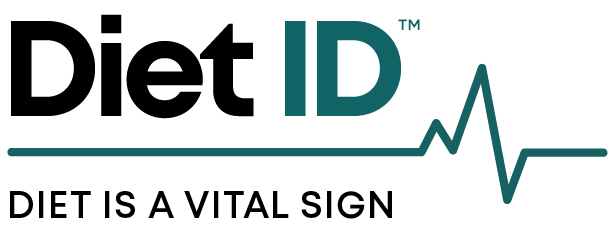Poor diet quality is a major challenge in underserved populations. These individuals are typically at higher-than-average risk for obesity, cardiovascular disease, and metabolic syndrome. While many receive valuable healthcare services at Federally Qualified Health Centers (FQHCs), most of these organizations lack the staff and/or resources to provide personalized nutrition counseling designed to improve diet quality and reduce chronic disease risk. Primary care providers, in particular, who work in rural and other medically underserved communities often lack access to nutrition resources needed to optimize patient health beyond this basic care.
The focus of FQHCs is mainly on essential primary and preventive care, providing affordable screenings, immunizations, and health education. However, nutrition is often the most critical, yet neglected, factor in a patient’s health status and chronic disease risk. Reimbursable nutrition services, known as Medical Nutrition Therapy (MNT) are limited to patients with diabetes and renal disease only. This limitation creates a major care gap for patients with obesity, pre-diabetes, hyperlipidemia, and other conditions that are directly manageable with nutrition therapy.
Diet ID makes it possible for FQHCs to offer self-guided nutrition assessments that can be used to understand a patient’s diet quality with evidence-based scoring. The platform’s built-in goal setting module can be used to provide clinicians digital tools to help their patients learn how to make healthier food choices.
One of Diet ID’s partners uses the platform in conjunction with Registered Dietitian Nutritionist (RDN) services via e-consults. For this deployment, nutritionally at-risk patients are given a web link for the assessment, which can be accessed via any web-enabled device after the appointment. Once completed, the results are shared with an RDN, who then uses the assessment report and clinician notes to provide a personalized, comprehensive nutrition plan including goals, tips, educational handouts, and a step-by step plan. These materials are shared with the clinician and placed in the patient chart for documentation and followup. Read the case study here.
Diet ID is available in English and Spanish, and has been tested with low-literacy populations.



